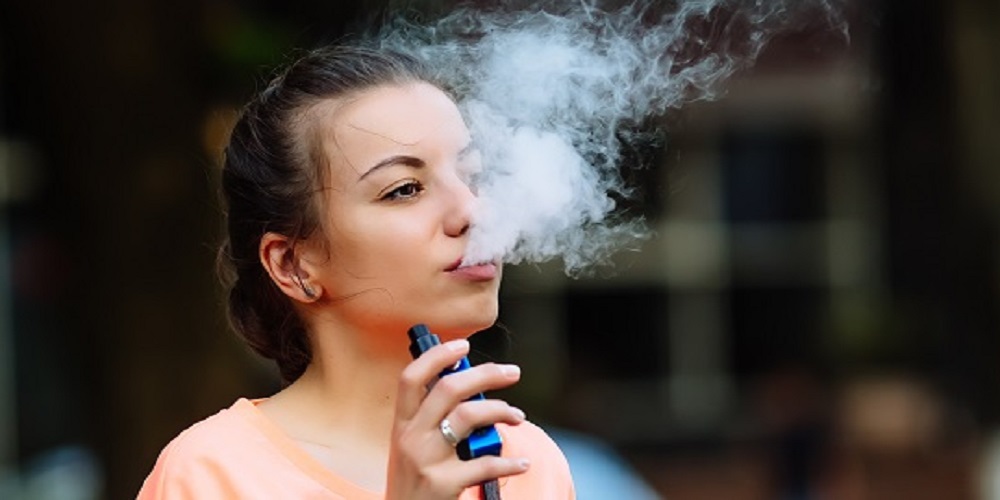E-liquid, also known as vape juice or e-juice for electronic cigarettes, comes in thousands of different flavors, making it impossible to know what’s in any mkgvape brand. Making new e-liquids is a science that requires a deep understanding of the properties of each ingredient and how they work with each other.
Flavorings can be dissolved in PG, a solvent, and vapor pod can be generated from VG, a sweeter liquid thicker. By altering the VG/PG ratio, the vaping experience may be fine-tuned in terms of flavor; throat hit, and more.
What are e-liquids?
E-liquids are liquids that are used in electronic cigarettes and vaporizers. They are also known as e-juice or vape juice. They usually have nicotine, propylene glycol, vegetable glycerin, and flavorings (optional). The science behind e-liquid is putting these ingredients together in the right amounts to make a satisfying experience for the users.
When propylene glycol and vegetable glycerin are used, they make a vapor that feels like smoking. E-liquids use food-grade flavorings that have been tested to ensure they are safe.
Are e-liquids safe?
To ensure e-liquids are safe, groups like the American E-Liquid Manufacturing Standard Association and the European Tobacco Products Directive have set standards for making and labeling. These standards ensure that e-liquids are made in a controlled environment free of contaminants and that the ingredients and nicotine content are listed correctly on the label.
Processing of e-Liquids
Understanding the qualities of the different ingredients and how they interact with one another is essential to the science behind the development of e-liquids. For example, the ratio of PG to VG in the e-liquid can change the taste; throat hit, and overall feeling of vaping. Manufacturers of e-liquids have a lot of work to do in terms of component balancing to provide an enjoyable product to vape.
E-liquid safety regulations
E-liquid makers have to follow several rules and laws that are meant to keep the product safe. The American E-liquid Manufacturing Standards Association has the most widely accepted guidelines (AEMSA). These regulations cover good manufacturing techniques, packaging that is not hazardous to children, and other safety measures.
- To preserve the public’s health and safety, the FDA has enacted various laws and standards for e-liquids, categorizing them as tobacco products and requiring pre-market review, ingredient reporting, and stringent labeling.
- The Food and Drug Administration has also published cautions about the risks of nicotine use, especially for minors and expecting mothers.
Bottom line
It’s impossible to know if an e-liquid does or does not contain nicotine because of the inconsistent labeling practices that exist in the industry. Niacin is a highly toxic substance. There is a risk of serious sickness or perhaps death if swallowed. Toxic effects from ingesting e-liquid are especially a concern for young children and pets.
Young children should avoid electronic cigarette parts and e-liquid capsules since they pose a choking hazard. Electronic cigarettes and e-liquids should be avoided in the presence of children, and the items should be kept out of the reach of children at all times.

